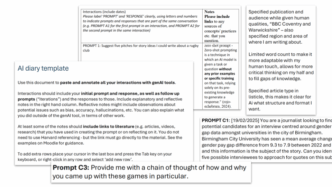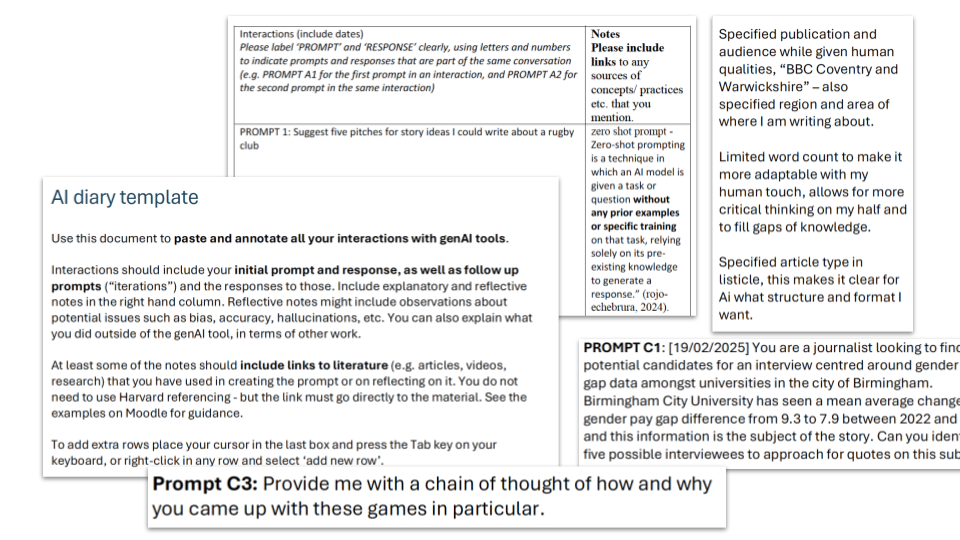Birmingham City University rolled out an AI diary for journalism students. The goal: boost transparency and critical thinking with generative AI tools. The results? Big improvements across the board.
Students had to record every AI interaction—prompts, responses, and their own reflections. This replaced the usual critical evaluation assignment. Outcome: students were more upfront about using AI and showed sharper critical skills.
Marks spiked. Engagement with wider reading improved. Journalism quality jumped. Students used AI in tons of new ways, mainly for “sensemaking” and info gathering. Their attitudes toward AI shifted—from staunchly pro or anti, to a more nuanced, skeptical take.
“At the start of the module I was more naive and close-minded to the possibilities of AI and how useful it can be for journalists – particularly for idea development.”
“I used to be a fan of AI but after finding out how misleading it can be I work towards using it less.”
Students’ reflection on AI use made them think deeper about story ideas, sourcing, and planning. This shifted them from fast, intuitive “System 1” thinking to slower, deliberate “System 2” thinking, as defined by psychologist Daniel Kahneman.
Students also cited more literature and showed stronger connections to it, applying what they read instead of just quoting. Prompt design skills took off, helping with research and professionalism—but students still lagged on ethics.
The AI diary exposed real-world AI pitfalls. Students trusted AI too much, fed it links instead of summaries, and tried teaching AI frameworks before fully understanding them. One student even tested ChatGPT by inventing a fake footballer to catch it hallucinating.
Barriers remain. Students wrestle with admitting AI helped because it challenges their sense of creativity.
“It is not just in the AI sphere where seeking or obtaining help is often accompanied by a sense of shame: we want to be able to say ‘I made that’, even when we only part-authored something.”
The diary format offers a way to check AI involvement, but clearer frameworks could help. A checklist for where AI was used—from ideation to editing—might reduce reluctance to report AI help.
The module held back on AI-generated drafts because students struggled to spot flaws and engage with transparency issues. This needs fixing fast. Skills to edit and critically assess AI output will be essential, but also difficult to police.
One journalism module isn’t enough. Understanding what AI is and how to use it responsibly should be a core part of any journalism degree. Teaching role-based prompting helps students explore professionalism and AI’s impact on news quality and trust.
The hardest questions: If journalists don’t write stories themselves, what is their role? How does AI shift creativity and truth? These challenges force fresh thinking and could reshape journalism education.
Birmingham City University is now working on what to add next. The AI diary experiment clearly made an impact—and points to a future where students handle AI with more care, critical thought, and honesty.














